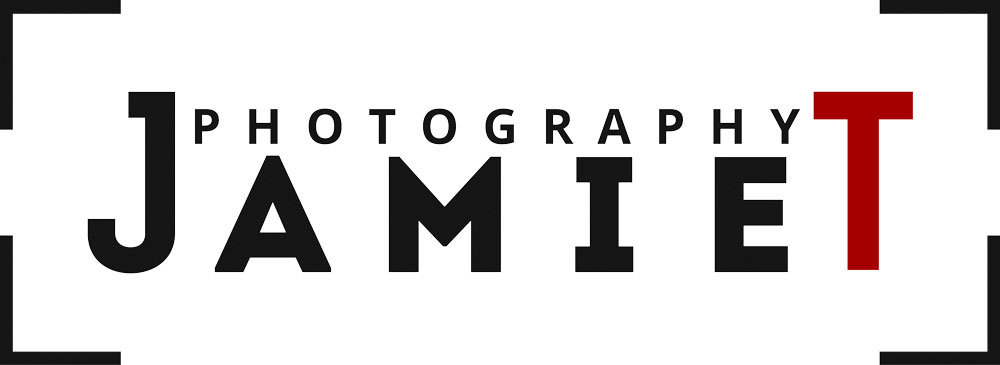Kit vs Content: The battle of style over substance
What’s your favourite image and why do you find that image to be your favourite? Is it the way it says something to you, or the fact it’s well exposed where it needs to be well exposed? Can you see an image without being aware of either, or are both (if executed well) not even coming to mind?
There’s a secret battle at play in the photo world. One that’s been raging since the very first days of photography, or at least one that’s been ongoing since the early experiments to capture an image onto a tangible object. It’s also something that continues to this day with the commercialisation of what we do.
What are you talking about?
Well it’s a case of science and art coming together (or not). Initially the scientific process being explored when trying to capture and image was just that, a by the numbers experimental process. Staying away from the gender and economical politics at play (particularly in the history of image making) it was people who were trying their best to make a photo. Daguerre and Talbot being the names of those in the know were scientists, not artists, their desire was functional rather than creatively conceptual.
Henry Fox Talbot’s The Pencil of Nature goes so far as to include potential uses for the salt paper process he developed (chortle) and give an indication of where people might see those created photographs. They are mostly functional (one section even suggesting photos be used as a way to catalogue items that would be worthy of insuring) without a lot of the esoteric considerations that photographs would gain.
With Daguerre opening up his technique to the people and allowing many to take the process in their own directions it paved the way for a democratic growth of image making. Yes still controlled by those in a privileged position (ok no politics here), but essentially open to all.
Alongside this scientific opening of the process there's those who are more concerned with what gets captured, what it is that the photograph includes and why it’s important to retain whatever was in front of the lens.
Anna Atkins’ “Photographs of British Algae: Cyanotype Impressions” showed the process of fixing images onto an object for the purpose of cataloguing and displaying flora, the process itself is secondary to the what is being created. As the first female photographer (arguably Constance Talbot could be a challenge to this) this is interesting in its own right, but my interest here is in the fact that it’s the process second and subject first.
I see this as still being the relationship we have with image making today.
There are those who are interested in creating the best possible capture. Then there are those who are interested in creating a capture that communicates the best way they see fit.
It’s the difference in what interests us as creators: Is it the mode in which we create which is interesting; or the thing that we actually create.
Gear-heads love their cameras, their lights, their accessories, their scanners, their printers. Sometimes the images they capture may be mundane, superfluous, boring or otherwise. A city skyline at night, a well lit portrait, a gleaming shiny car or other object which is exposed to the photographer’s liking is the goal regardless of the fact those things have been created a million times.
Artist’s create work in which the primary focus (chortle) is to communicate an idea, a concept, a message which is more important than the technical proficiency of the photograph maker. A portrait is no longer just an image recording what a person looked like in front of a lens, it’s a crafted story of the character they’ve captured.
I describe myself as a photographer who sometimes works to create pieces of art. I think that distinguishes myself from someone who might describe themselves as an artist who uses a camera as their tool of creation.
The distinction for myself is important as it communicates a little better who I am as a creator. Allows me to show clients that that’s what they’ll be getting with me and my work. It’s something that is important because out in the world the grey area of “what is it that you do as a creator” is ever present and prevalent. It allows me to communicate the fact that as an image maker who enjoys working with people I’m creating those images with a view to capturing that person properly, allowing them to bring the energy they want out and making sure the mood of the photo suits the mood of the person.
You’re thinking too much about this surely?
Maybe, possibly, probably. But that doesn’t make it unimportant. The majority of people aren’t making images purely in either vein, they’re as caught up by the hybridity as everyone else and don’t even consider that there is even the issue at play. Which is totally fine, so long as we don’t get caught up in the “buy this gear and it’ll make you a better photographer!” game that big business plays with us all. Whichever or whatever is more important to you the crucial thing is coming to that understanding of what it is that You do. Otherwise you’re just supporting someone else’s retirement plans by handing over copious amounts of cash.

